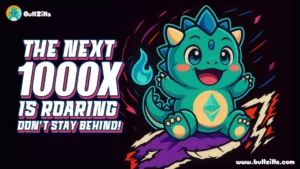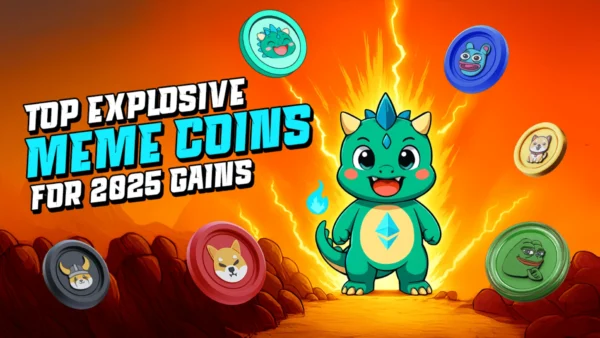
In the latest blow to the decentralized finance (DeFi) space, MYX Finance’s native token, $QMYX, has suffered a staggering 100% slippage. The alarming incident unfolded as the involved address executed a swap, exchanging a colossal 9,999,999,999,999 $QMYX for a seemingly meager 57.18 $WETH (Ethereum) tokens, equivalent to approximately $119.7K.
The swap, involving nearly 10 trillion $QMYX tokens, paints a distressing picture of a potential rug pull. Notably, the swap converted the substantial QMYX holdings into a modest amount of WETH, leaving MYX Finance token holders in disbelief.
As a cautionary note, PeckShieldAlert highlights the possibility that the “rug pull” token may share the same name as legitimate projects. This underscores the importance of due diligence and scrutiny by investors in the DeFi space to differentiate between authentic projects and potential scams.
Was November the Hacker Month?
November witnessed a disturbing surge in Web3 exploits, with 28 incidents totaling approximately $348.11 million in losses. Among these, high-profile attacks targeted projects associated with blockchain entrepreneur Justin Sun, resulting in the drain of $236 million from both Poloniex and HECOBridge & HTX (formerly Huobi).
Amidst the surge in Web3 exploits, some positive developments have surfaced. A group of KyberSwap exploiters has returned $5.4 million, with negotiations ongoing for an additional ~$47.6 million. Additionally, dYdX responded to an alleged targeted attack on $YFI by utilizing its $9 million Insurance Fund, showcasing a proactive approach to mitigate potential losses.
The escalating trend of Web3 exploits, including the significant slippage experienced by MYX Finance’s $QMYX, highlights the persistent vulnerabilities in the decentralized finance space. As the crypto community grapples with the aftermath of these incidents, vigilance and enhanced security measures become paramount to safeguard against potential risks. Investors are urged to exercise caution and stay informed to navigate the evolving landscape of Web3 vulnerabilities.








